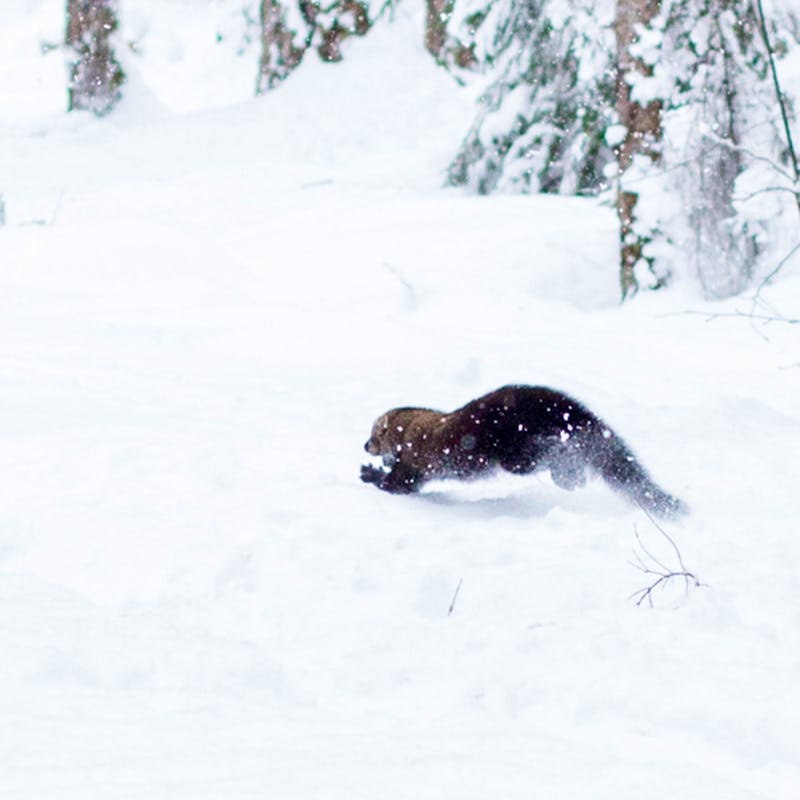By Doug Ramsey, Public News Service – AZ
Audio clip: Adobe Flash Player (version 9 or above) is required to play this audio clip. Download the latest version here. You also need to have JavaScript enabled in your browser.
Listen to this story with biologist Philip Hedrick on the Public News Service.
PHOENIX – The number of endangered Mexican gray wolves in Arizona and New Mexico continued to rise last year. State and federal biologists found at least 58 wolves in their latest count, up from 50 the previous year and 42 in 2009.
Arizona State University biology professor Philip Hedrick calls it good news, but says the best news is that the number of breeding pairs rose from two to six – although he says that’s far from enough.
“If you think about it, that’s only 12 animals that are contributing to the next generation for this year, so that’s not a huge number even though it’s a lot better than just two last year.”
The total wolf count, Hedrick says, needs to be much larger – perhaps four times as many – to produce a long-term stable and sustainable population. That wouldn’t sit well with ranchers in eastern Arizona and western New Mexico, who long have complained that the wolves kill cattle and sheep.
The U-S Fish and Wildlife Service has worked with ranchers to keep the wolves away from livestock, noting that only a single problem wolf has had to be permanently removed in the past five years. Hedrick doesn’t consider it to be a major issue.
“In general, these animals haven’t caused a lot of problems. The amount of killing livestock or domestic animals has been pretty low – and, when that’s happened, there’s been compensation. So, there’s a fund set up to compensate people for that.”
An experimental program in New Mexico is using a form of chemical aversion therapy to train wolves awaiting release to avoid livestock.
Hedrick hopes the wolf population can grow substantially, to around 250 animals. Along with promoting genetic diversity, he says, the larger numbers will help the fragile wolf population avoid scenarios which could lead to their extinction.
“You have a disease that comes in, and many of the animals die. Or you have, in one generation, many more males produced than females. There are factors like this, if the numbers are low, then the probability of extinction is pretty high.”
The Mexican gray wolf reintroduction program began in 1998, with a goal of 100 wolves by 2006. Further wolf releases are being delayed while the Fish and Wildlife Service works on a full recovery plan.



